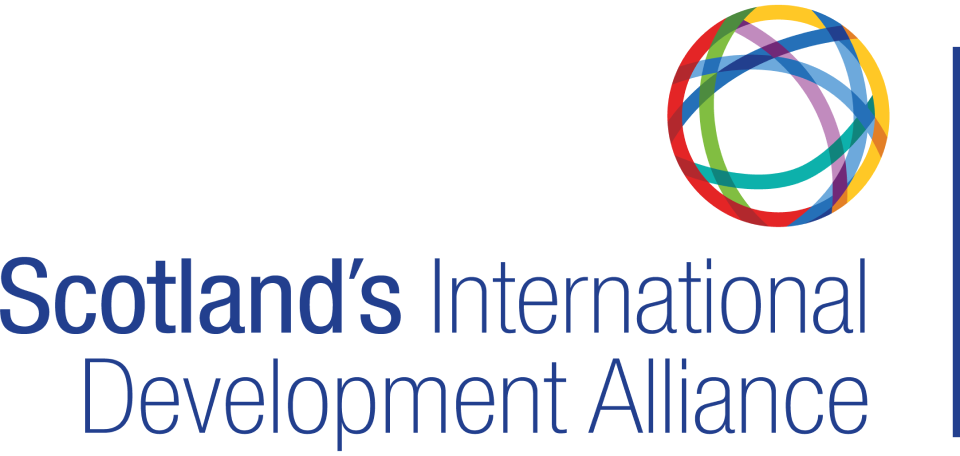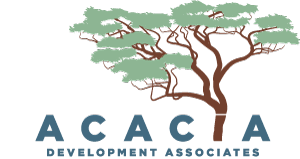Acacia Development Associates Ltd helps development programmes adapt to and manage change in insecure and/or politically complex contexts. Co-founder Jeremy Astill-Brown reflects on the essentials of good design.
Against a backdrop of the pandemic, donors are asking more of their partners. This in turn is causing implementors either to re-focus their existing projects; or to design new ones.
A strong Theory of Change, one that is flexible, adaptive and politically smart and is supported by good ongoing contextual analysis, is the essential “engine” which drives a successful project. And successful projects will be those that both achieve what they set out to do; and which tell the story of the change they have supported clearly and credibly.
It is vital, therefore, to know the donor. What do they want from projects and implementors; and why? Donors have their goals too and they are often dictated politically. Being clear about what they really want, and how the proposed project contributes to their success, is essential. Donor, implementors and partners do not have to share the same world view in order to collaborate successfully.
Understanding context is important. From donor to recipient, via everyone in between, there will be a range of perspectives on what a project does, and its desirability and relevance. So, unravelling the complexity of incentives and motivations behind the behaviours of project partners is key. Seeing an intervention from the perspective of others is a really useful way of testing not only assumptions but also the sustainability of a proposed design – before implementation has even begun.
Embracing change is crucial to the delivery of a project operating in an uncertain context. Sometimes both opportunity and threat arise from unexpected quarters. Finding ways to make the most of the opportunities whilst managing the risks is a vital dimension of flexibility. This allows projects to keep an eye on their strategic goals whilst continuously adapting their approach.
Telling better stories, based on evidence and learning, about how projects contribute to desired change can powerfully illustrate their value. Active learning about what works (and what does not) is a valuable resource for donors. This in turn helps them to tell better stories about how their resources have translated into change.
These imperatives underline the value of strategic planning in the design and implementation of any project. Getting the planning function right is a useful investment in developing a resilient and sustainable project. This is best driven from within the project; and external support and guidance can play a useful role, particularly in a complex and challenging situation.
This article was written by Jeremy Astill-Brown, Acacia Development Associates Ltd


